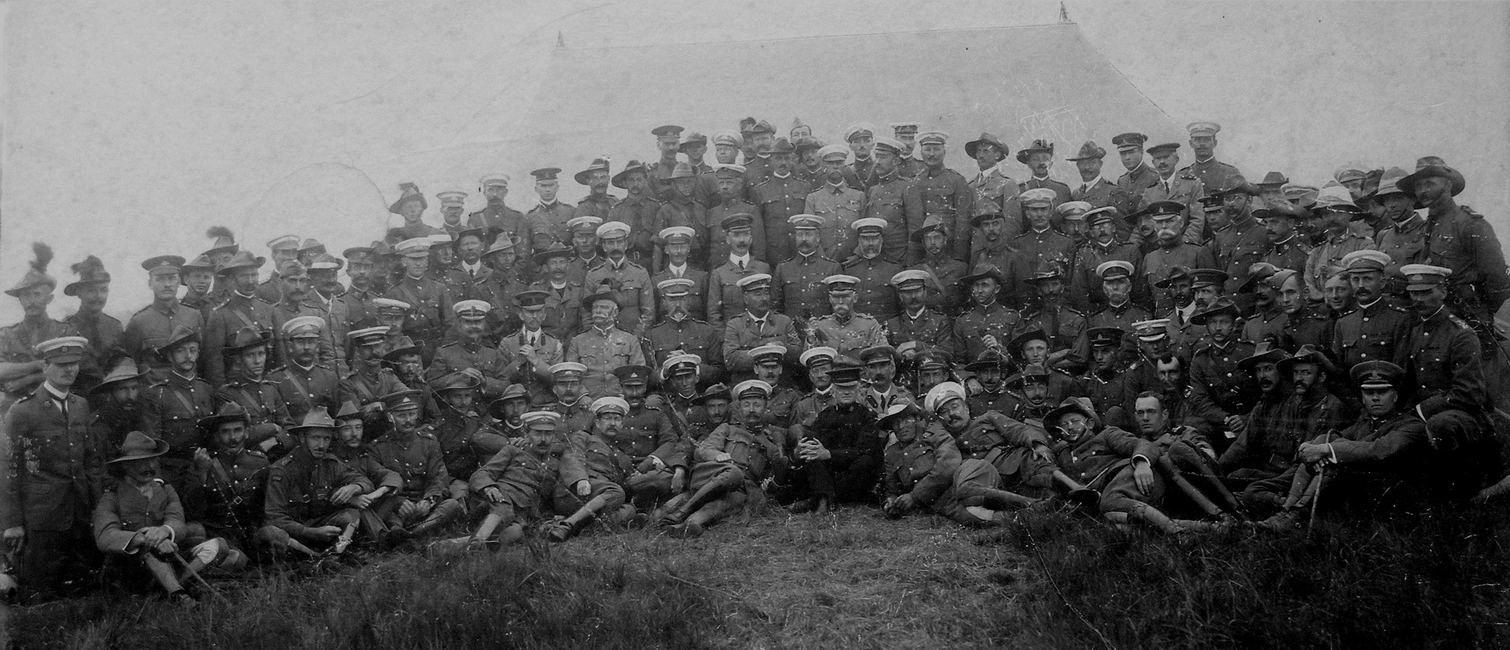The first sign of open resistance against payment of the tax came when a magistrate called A.W. Leslie went to collect taxes from the Hlongwa and Cele clans in the Silverstream district. The Hlongwas refused to pay. They were taken to the Kranskop Court, where they were each sentenced to a term of imprisonment and 25 lashes. On 20 January a white farmer from Camperdown was murdered after he took his labourers to Pietermaritzburg to pay their taxes.
Another incident occurred on 7 February in the Mgeni district, where a small group of protesters known as Ibandla Lika Musi resisted Chief Mveli's efforts to take members of the Fungi clan to the magistrate's office to pay taxes. Mveli reported the matter to the magistrate and police were dispatched to investigate. On 8 February, two police officers were killed trying to arrest Mlongo, the leader of the resisters.
There were other instances of protest and resistance, and the white settlers demanded that the colonial government take action to deal with it. In February martial law was introduced in Natal and the militia was mobilised under Colonel Duncan Mackenzie to restore order. Troops were sent to Mgeni. They brutally crushed the resistance, burning down homesteads and seizing livestock. After this incident the Natal government demobilised its forces, mistakenly believing that it had beaten the Zulu population into submission.
Chief Bambatha kaMancinza, leader of the Zondi clan, was initially willing to pay the tax but held back when he discovered that his subjects were refusing to pay. He excused himself, saying that he was ill and promising to report to the magistrate at a later date. On 11 March, when Bambatha did not appear, the magistrate sent Major W.J. Clark of the Natal Police with 170 policemen to arrest him.
To avoid arrest, Bambatha fled the Mpanza Valley with his family and sought refuge with King Dinizulu, kaCetshwayo in Zululand. Although Dinizulu did not support the rebellion openly, he provided tacit support by harbouring Bambatha and his family.
On his return from Zululand, accompanied by Chakijana kaGezindaba, Bambatha found that the colonial government had replaced him with his uncle, Magwababa. After ousting Magwababa, the outraged Bambatha and a group of his supporters retreated to the Nkandla Forest. They were given refuge by 96-year-old Sigananda Shezi of the Ncube, a clan of iron-workers and assegai-makers. Instead of handing Bambatha over to the authorities as he was instructed, Sigananda decided to join Bambatha and the two leaders combined their forces to launch a series of guerrilla attacks. They were later joined by other chiefs and hundreds of young warriors. As the revolt gained momentum, the government stepped up its repressive measures, but these proved counter-productive as more and more clans joined the rebellion.
On 5 May over a thousand of Bambatha's warriors attacked the colonial forces as they were descending a steep ridge. Mackenzie tracked the rebels to the Mome George, where he was able to encircle Bambatha and his army and defeat them. Bambatha's men were armed mainly with traditional short spears and shields, while Mackenzie's men had firearms.
Bambatha was captured and killed during the battle at Mome Gorge on 10 June, while Sigananda and his men surrendered. Bambatha was decapitated and his head displayed as a trophy by the colonial troops.
The rebellion came to an end. By 1907 the Natal government was able to collect tax without encountering any form of protest.
Please note that the spelling of Bambatha varies from source to source. The spelling Bambatha is also regulary used.
 This group photograph shows those who attended the Natal Militia General Training Camp in 1910. The photographer was William Watson-Robertson who had a studio in Pietermaritzburg at that time. Source: www.molegenealogy.blogspot.co.za
This group photograph shows those who attended the Natal Militia General Training Camp in 1910. The photographer was William Watson-Robertson who had a studio in Pietermaritzburg at that time. Source: www.molegenealogy.blogspot.co.za
 Many of the people shown would have served in the Natal Rebellion of 1906 (Bhambatha Rebellion) and some also during the Anglo-Boer War 1899-1902. The photograph, with its diagrammatic key and identification of almost every person in the group, is an unusual survival.. Source: www.molegenealogy.blogspot.co.za
Many of the people shown would have served in the Natal Rebellion of 1906 (Bhambatha Rebellion) and some also during the Anglo-Boer War 1899-1902. The photograph, with its diagrammatic key and identification of almost every person in the group, is an unusual survival.. Source: www.molegenealogy.blogspot.co.za
 Col Sir Duncan McKenzie, KCMG, Commandant General and on his left, Lieut-Col H Lugg, Intelligence Officer. On Lugg's left is Lieut-Col J R Royston, DSO, of the Border Mounted Rifles. Lieut-Col H Watkins-Pitchford, Principal Veterinary Officer, remembered for his book Besieged in Ladysmith, is seated next to Lieut-Col C Henwood of the Natal Mounted Rifles. Capt 'WAC' Campbell of the Natal Mounted Rifles, Canon G Pennington, Senior Chaplain, Lieut J G Fannin of the Natal Carbineers, Capt R L Goulding of the Durban Light Infantry, Capt and Quartermaster Alexander Lyle of the Natal Carbineers Source: www.molegenealogy.blogspot.co.za
Col Sir Duncan McKenzie, KCMG, Commandant General and on his left, Lieut-Col H Lugg, Intelligence Officer. On Lugg's left is Lieut-Col J R Royston, DSO, of the Border Mounted Rifles. Lieut-Col H Watkins-Pitchford, Principal Veterinary Officer, remembered for his book Besieged in Ladysmith, is seated next to Lieut-Col C Henwood of the Natal Mounted Rifles. Capt 'WAC' Campbell of the Natal Mounted Rifles, Canon G Pennington, Senior Chaplain, Lieut J G Fannin of the Natal Carbineers, Capt R L Goulding of the Durban Light Infantry, Capt and Quartermaster Alexander Lyle of the Natal Carbineers Source: www.molegenealogy.blogspot.co.za